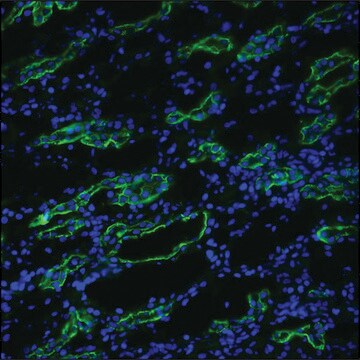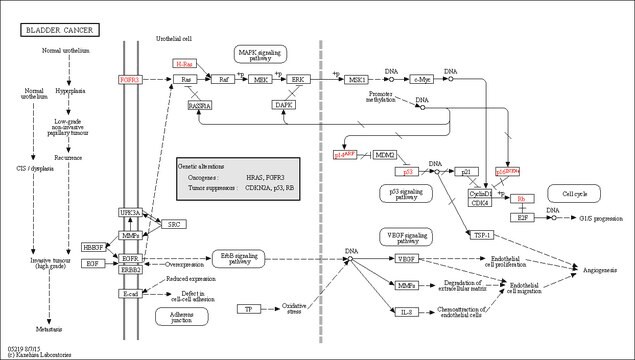SRP0351
PDGFRb active human
recombinant, expressed in baculovirus infected Sf9 cells, ≥70% (SDS-PAGE)
Synonym(s):
CD140B, JTK12, platelet-derived growth factor receptor, beta polypeptide
About This Item
Recommended Products
biological source
human
recombinant
expressed in baculovirus infected Sf9 cells
Assay
≥70% (SDS-PAGE)
form
aqueous solution
mol wt
62 kDa
packaging
pkg of 10 μg
technique(s)
activity assay: suitable
inhibition assay: suitable
solubility
soluble
water: soluble
NCBI accession no.
UniProt accession no.
shipped in
dry ice
storage temp.
−70°C
Gene Information
human ... PDGFRB(5159)
General description
Human PDGFRbeta (GenBank Accession No. NM_002609), cytoplasmic domain, amino acids 558-1106 (end) with N-terminal His-tag, MW= 62 kDa, expressed in Sf9 cells via a Baculovirus expression system.
Platelet-derived growth factor receptor (PDGFR) belongs to subclass III of receptor tyrosine kinases. The PDGFR exists as two isoforms, PDGFa and PDGFb-receptors, consisting of five extracellular immunoglobulin (Ig) loops and an intracellular tyrosine kinase (TK) domain.
Application
Biochem/physiol Actions
Signal Word
Danger
Hazard Statements
Precautionary Statements
Hazard Classifications
Eye Irrit. 2 - Repr. 1B - Skin Irrit. 2
Storage Class Code
6.1C - Combustible acute toxic Cat.3 / toxic compounds or compounds which causing chronic effects
WGK
WGK 1
Flash Point(F)
Not applicable
Flash Point(C)
Not applicable
Certificates of Analysis (COA)
Search for Certificates of Analysis (COA) by entering the products Lot/Batch Number. Lot and Batch Numbers can be found on a product’s label following the words ‘Lot’ or ‘Batch’.
Already Own This Product?
Find documentation for the products that you have recently purchased in the Document Library.
Our team of scientists has experience in all areas of research including Life Science, Material Science, Chemical Synthesis, Chromatography, Analytical and many others.
Contact Technical Service








